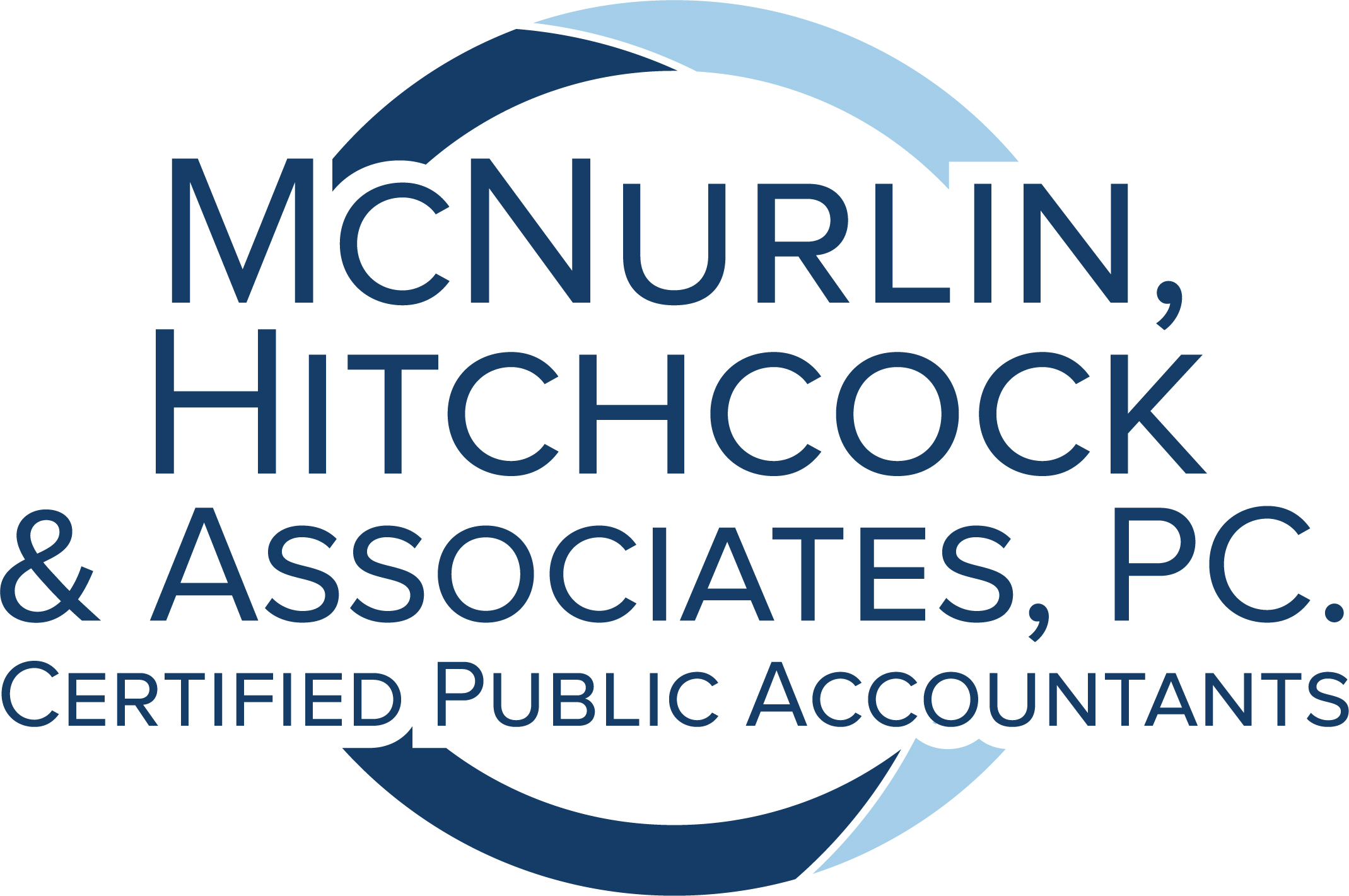Cash Flow Analysis
Small business owners are always keeping one eye on outstanding invoices that your clients owe to you, and outstanding payables that you owe to your vendors and employees from utility bills to employee salaries. This is generally called the “cash flow” of your business.
One process that will help you build your business and handle your accounts more easily is a cash flow analysis which analyzes the ebbs and flow of cash coming into and out of your business. Discover the details and importance of a cash flow analysis below.
What Is Cash Flow Analysis?
Also called a statement of cash flows, a cash flow analysis is an accounting report that details where a business receives its cash or revenue from, and where the company spends the funds that it receives. This analysis also shows these details of the way the funds coming in and going out change over time.
For example, a seasonal business, such as a swimwear company would receive more cash from sales during the spring and summer while spending more in the winter when they order new products for the upcoming season.
There are three main areas included in this analysis:
- Cash flow that originates from operations
- Cash flow that originates from financing
- Cash flow that originates from investing
When you decide to create a cash flow analysis, you can choose between two accounting methods: accrual accounting and cash accounting. The method that you choose to use influences the way your business’s cash flow is presented.
In the cash flow statement, you can determine your cash flow by the number associated with the net cash created by the operating activities of your company. There are some key indicator numbers in the cash flow analysis that you need to pay special attention to, and these are:
- Free cash flow
- Operations/net sales ratio
- Comprehensive free cash flow coverage.
You should discuss these indicators and their meaning with the accountant who created your cash flow analysis.
Why Is It Important to Understand a Cash Flow Analysis?
When you understand your company’s cash flow analysis, it helps you prepare for lean times and shapes important decisions for your business. Understanding your cash flow is one way that you can grow your business and increase your revenue.
The statement of cash flow can also show you ways to cut expenses that are eating into your cash flow, especially items in your budget that aren’t as important as you think that they are. When your cash flow analysis shows that you have a positive cash flow, it means that your company is on solid footing.
You might use this information to decide to step forward with opening a second location or the numbers might flash a warning sign that you need to put off current growth or expansion plans. It’s also possible to use this information to understand the times when you have the best cash flow and find ways to increase these successful periods.
It’s important that you understand a cash flow analysis for your company. With this information, you gain a keen understanding of the overall health and potential of your company.
What Are the Implication of Having and Not Having Enough Cash Flow?
Cash flow plays an essential part in any business of any size and in any industry from Apple to the mom-and-pop store selling flowers. There are distinct implications for your business whether you have enough or too little in cash flow. Here are a few of those implications.
Having enough cash flow means:
- Your business is healthy and moving in a positive direction.
- You have enough cash on hand to pay all of your bills.
- You might have a large enough cash flow to put some into a cash reserve account for slower times.
- It’s a good time to consider adding product lines or new equipment.
- The company could benefit from a few new hires.
Not having enough cash flows indicates:
- Your company might need a loan soon to meet its financial obligations.
- It’s time to tighten the belt and find ways to cut expenses
- The company could benefit from a more aggressive collection effort from accounts receivable.
- The business needs a larger or more loyal customer base.
- It might be time to rethink plans for a new location or to invest in new products.
When you see your statement of cash flow, it can indicate the next steps to take from expansion to finding ways to limit expenses.
How Does Cash Flow Analysis Help a Business?
When you have a cash flow analysis completed, you can use the information from the statement to help your business in a variety of ways. You can explore some of the benefits of a cash flow analysis, such as:
- Use the statement to identify and reduce areas of waste and inefficiency within your company.
- Discover the potential of your company to buy new equipment or create new products.
- Present the cash flow analysis as part of the information needed to secure a loan.
- Tells the owner and investors the overall financial condition of the business.
- Helps the business identify periods of increased cash flow and slower times.
- Know when the business needs a bridge loan to cover slow periods of cash flow.
- Defines the best times to hire new employees or let some of them go.
- Helps the company determine future goals and needs for the business.
A cash flow analysis is an essential statement that all business owners need to help their company’s short-term and long-term goals. It can help a business owner understand the needed direction of the company from expansion to consolidation.
